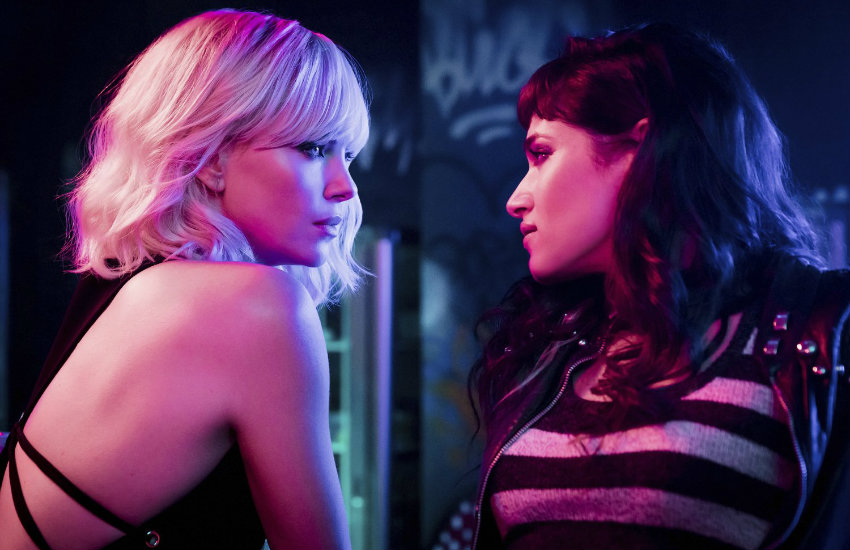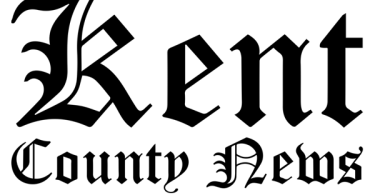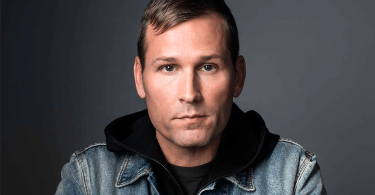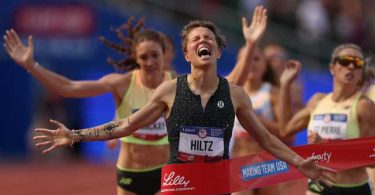Charlize Theron played a bisexual MI6 agent in Atomic Blonde | Photo: IMDB/Focus Features
A recent report reveals that out of 4,403 characters studied in Hollywood movies last year, less than 1% — only 0.7% — were gay, lesbian, or bisexual. No transgender characters in the top 100 movies of the year at all.
The report, Inequality in 1,100 Popular Films, comes courtesy of the USC Annenberg Inclusion Initiative.
Conducted over a decade, looking at Hollywood’s biggest films from 2007 to 2017, researchers examined portrayals of women, characters of color, LGBT characters, and characters with disability.
Overall, the numbers reveal that despite all the talk about diversity and representation, there is less action to make it happen.
How do LGBT characters fare?
The study’s authors looked at 4,403 characters in popular films last year. Of the 0.7% that were LGB, 51.6% were gay, 29% were lesbians, and 19.4% were bisexual. Trans characters didn’t appear at all.
Looking at the bigger picture — 400 films from 2014-2017 (and 17,820 characters) — things don’t get much better.
Across those four years, 83 characters were gay. That’s 0.004% of all characters examined.
The numbers get bleaker from here. Only 29 were lesbians and 22 were bisexual. A single trans character appeared in these 400 films.
White gay men also still receive most of the representation in film. Of the 31 LGBT characters in 2017, 67.7% were white and 32.3% were people of color.
These numbers have little difference from past Annenberg reports, and in some cases, worse numbers.
The report for 2016 revealed LGB people made up 1.1% of the characters, but still there were no trans characters. In 2015, the number was back to less than 1%, with white gay men still dominating.
Other findings
For other portrayals the report assesses, the numbers remain unfortunately low.
Of the studied 1,100 films, only 13% had a gender balance in their cast. When looking year-by-year, women fared worst in 2014 with 28.1% of speaking roles and best in 2008 and 2009, with 32.8% each.
In 2017 alone, only 33 films of the 100 most popular had a female lead or co-lead. Of those characters, only 4 were women of color and 5 were 45 or older.
It doesn’t get any better behind the camera. Of the 1,100 films looked at, only 43 had female directors.
In terms of race, 70.7% of characters since 2007 have been white. 12.1% have been black, 6.2% Hispanic, 4.8% Asian, and 6.3% other.
Once more, this is also worse for women of color. Of the top 100 films of last year, 43 had no black women, 65 had no Asian women, 64 had no Hispanic or Latinx women, and 94 had not LGBT women.
For people with disabilities, only 2.5% of speaking roles were depicted as characters with a disability. 61.6% of them were physical disabilities, 26.8% were mental, and 30.4% were communicative. The gender factor also plays a role in this. 69.6% of the characters with disabilities were male and 30.4% were female.
Ways to win
Finally, the report also makes suggestions for Hollywood.
In order to receive gender equality in films’ casts by 2020, writers need to add five female roles to their scripts per year. This campaign is known as Just Add Five.
Another solution is adopting the inclusion rider provision, which gained popularity after Frances McDormand mentioned it in her Oscars acceptance speech earlier this year.
This provision can be added to actors’ contracts, ensuring that the casting and production staff of films they work on meet certain levels of diversity.
More from Gay Star News
Only 14 major studio films from 2017 had LGBTQ people
New GLAAD report reveals summer movies failed LGBTI representation
LGBTI people are ‘nearly invisible’ in major Hollywood films, report finds







